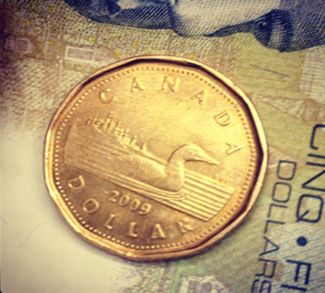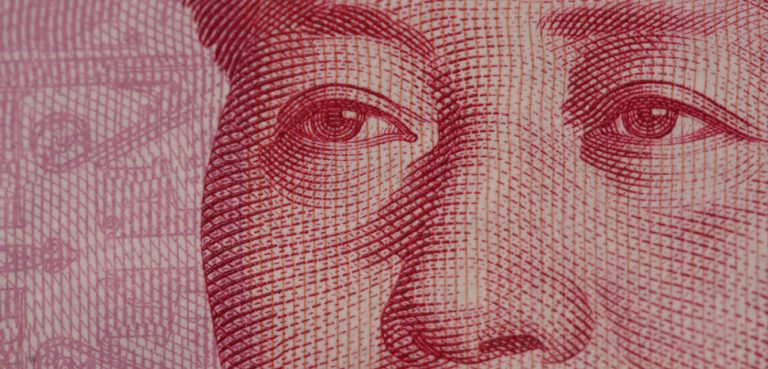The Canadian dollar, commonly known as the loonie, derives its nickname from the North American loon, an aquatic bird known for diving to great depths. Similarly, the currency has taken a plunge since the start of 2013, falling 10 percent against its American counterpart from parity to C$ 1.1.
The period marks a sharp reversal for the Canadian dollar, which enjoyed a strong rally in the aftermath of the global financial crisis. Last month the loonie declined to its weakest in nearly five years, reflecting an increasingly fragile economy.
Canada proved an attractive safe haven for investors in the post-crisis years, with the currency being viewed as a reliable alternative to the uncertainty surrounding the US dollar and euro. A stable environment underscored by relatively robust banks and a global commodity boom allowed the central bank maintain higher interest rates than the US for much of the past five years, meaning that holders of Canadian assets could obtain a greater yield.




